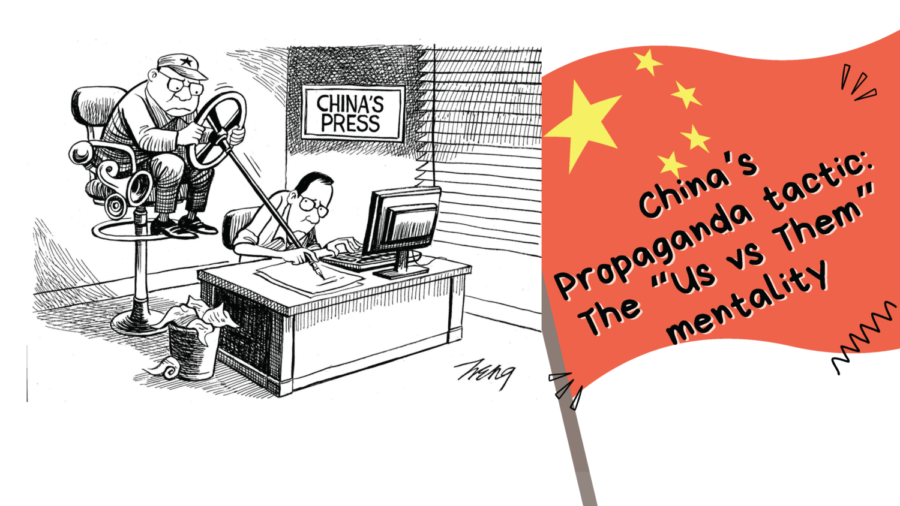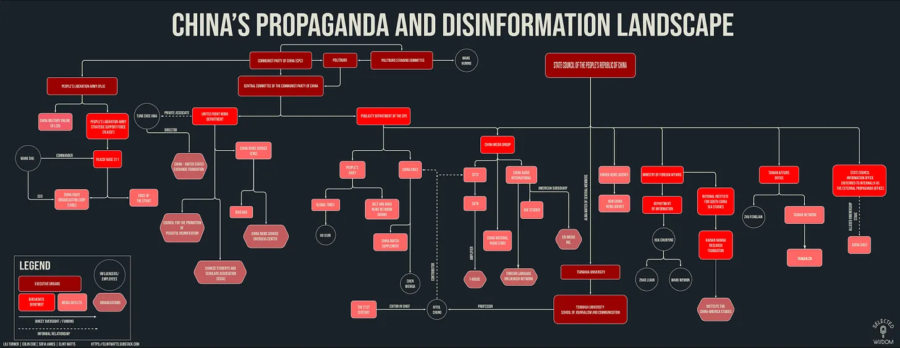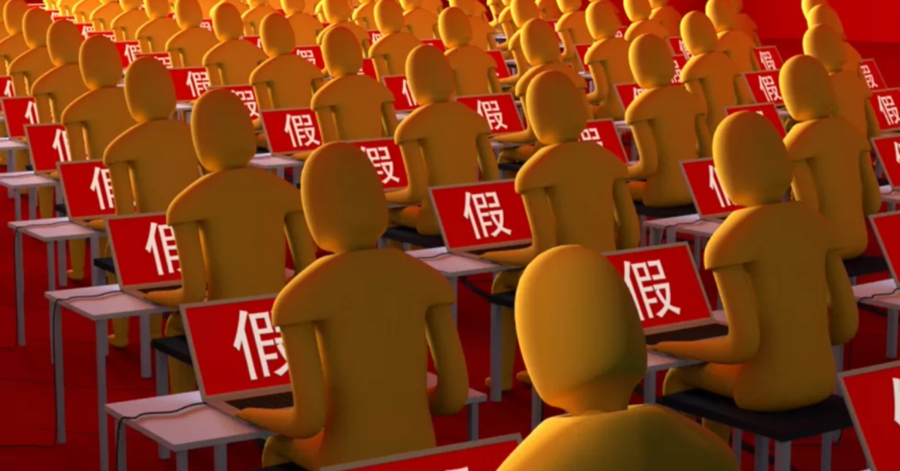In last week’s issue, I discussed China’s extensive use of propaganda to control the narrative and shape public opinion domestically and internationally. I highlighted the central theme of portraying China as good while often depicting the West and other countries negatively, fostering an “Us vs. Them” mentality.
The article also pointed out the role of the Communist Party of China’s Propaganda Ministry in ensuring uniform messaging across media outlets and employing censorship, notably through the “Great Firewall,” to control information and maintain the government’s image.
In this video presentation, I share my findings on how China uses propaganda. The video delves deeper into the mechanisms that enable the Chinese government to maintain control over its 1.4 billion citizens, focusing on the lesser-known aspect of BRAINWASHING or mind control.
At the heart of the Chinese government’s control is the “Social Transformation Project” — 社会改造工程shèhuì gǎizào gōngchéng. Under this project, the keyword is “control.” As a totalitarian regime, the Chinese Communist Party (CCP) or Communist Party of China (CPC) exercises control over every aspect of its citizens’ lives. This control extends to the military, internal security apparatus, ideology, and organizational structure.
The CCP uses brainwashing or mind control as a tool to maintain its “legitimacy.” Brainwashing is a systematic approach that imbues the public to conform to the manipulator’s desires. It’s a long-term and comprehensive social transformation project that internalizes the state’s will into the individual, challenging resistance.
The term “brainwashing” gained global attention in the 1950s when Edward Hunter described it as a technique used by the CCP to create subservient followers. However, it’s important to note that this concept is not new and likely has roots in the Chinese term “xǐnǎo” (洗脑), meaning ‘to wash the brain.’
To achieve total control through brainwashing, the CCP fulfills these three critical requirements:
- Establishment of a closed information environment: The Great Firewall is a prime example of how the CCP restricts access to external information sources, ensuring a closed environment.
- Formation of a unified public opinion control system: The CCP meticulously manages public opinion, ensuring a single voice is heard nationwide.
- Creation of a single thought behind the entire news and public opinion: The CCP promotes the “us vs. them” mentality, emphasizing its righteousness and the wrongness of others.
The Chinese government’s mind control techniques are integral to maintaining its grip on power. By monopolizing facts and controlling public opinion, the CCP seeks to protect its moral support and justify its absolute authority. Understanding these mechanisms is essential for comprehending the dynamics of a nation that holds a significant role in our interconnected world.
Kehinde Bolu Adesina, a graduate of the University of Illinois, Springfield, holds a Master of Arts Degree (MA) in Communication. From August 2021 to May 2023, he served as the Multimedia Editor for The Observer. Over the years, his research has been dedicated to upholding the tenets of quality journalism, fostering informed public discourse, fortifying democratic foundations, and nurturing a more knowledgeable and resilient society, with a keen focus on countering disinformation, misinformation, conspiracy theories, and post-truth narratives in the digital landscape.





